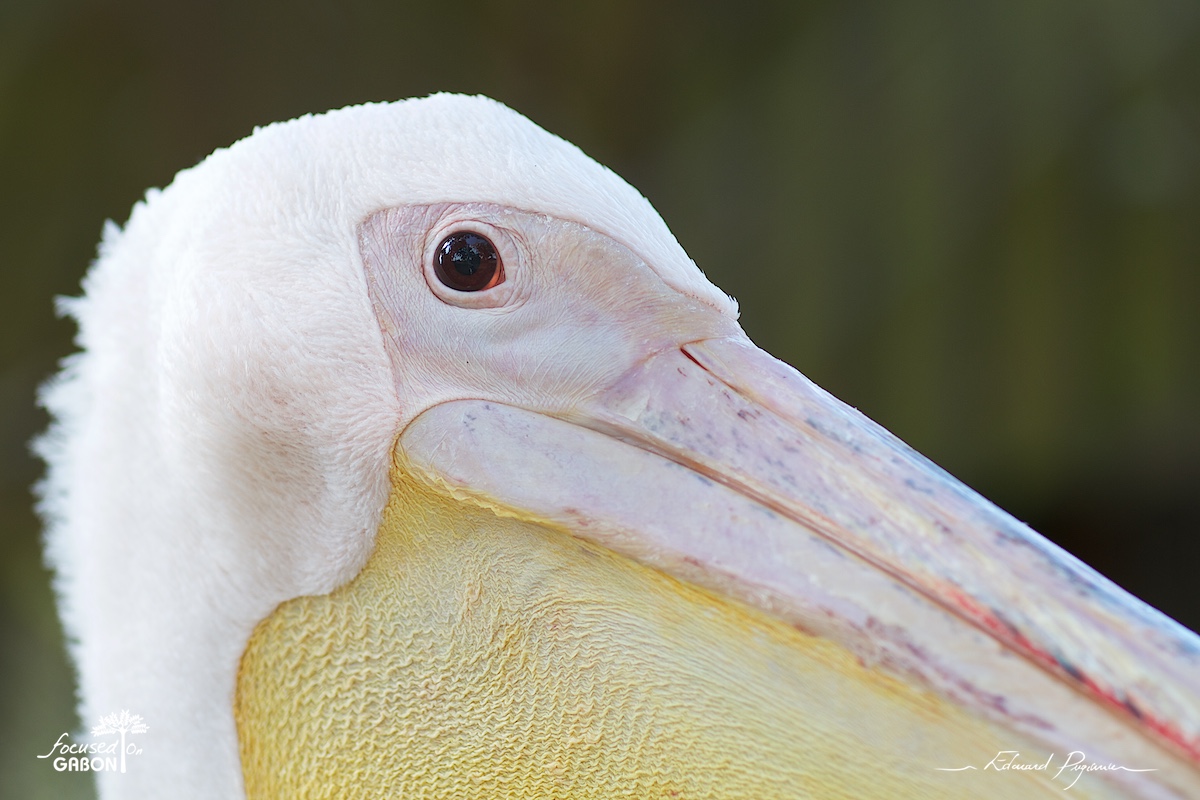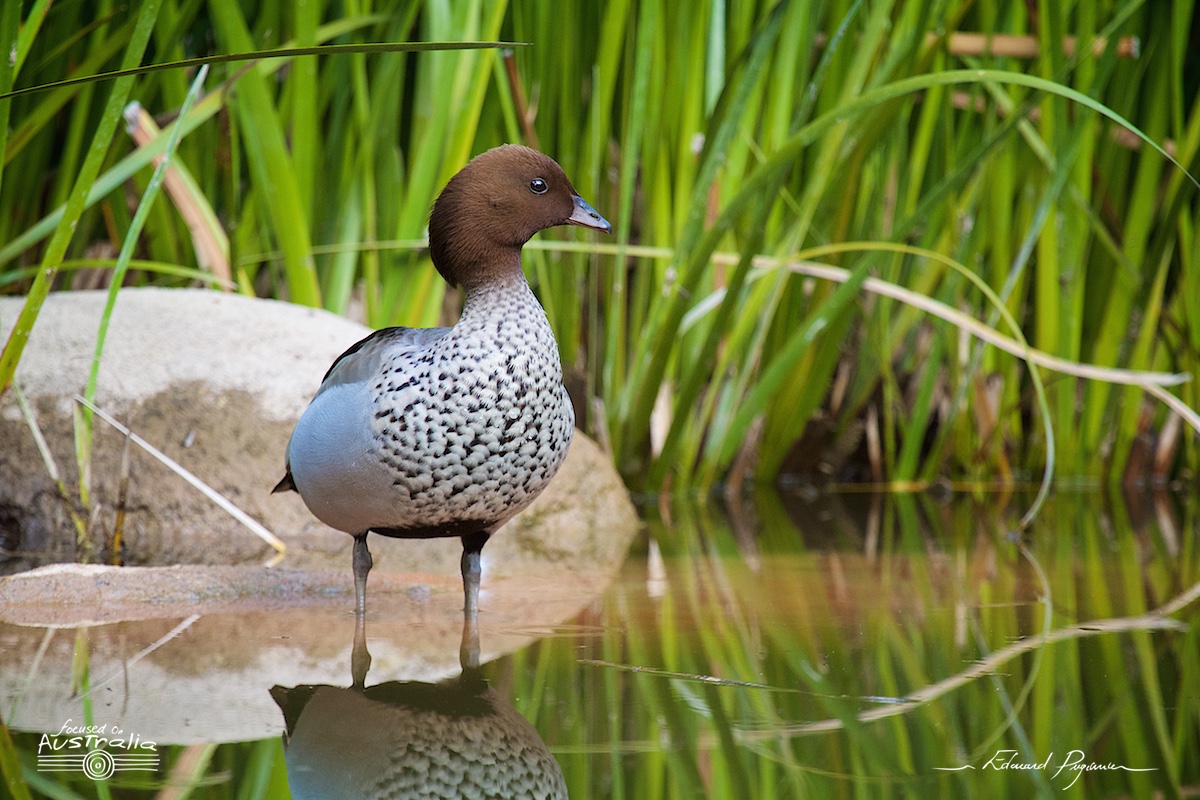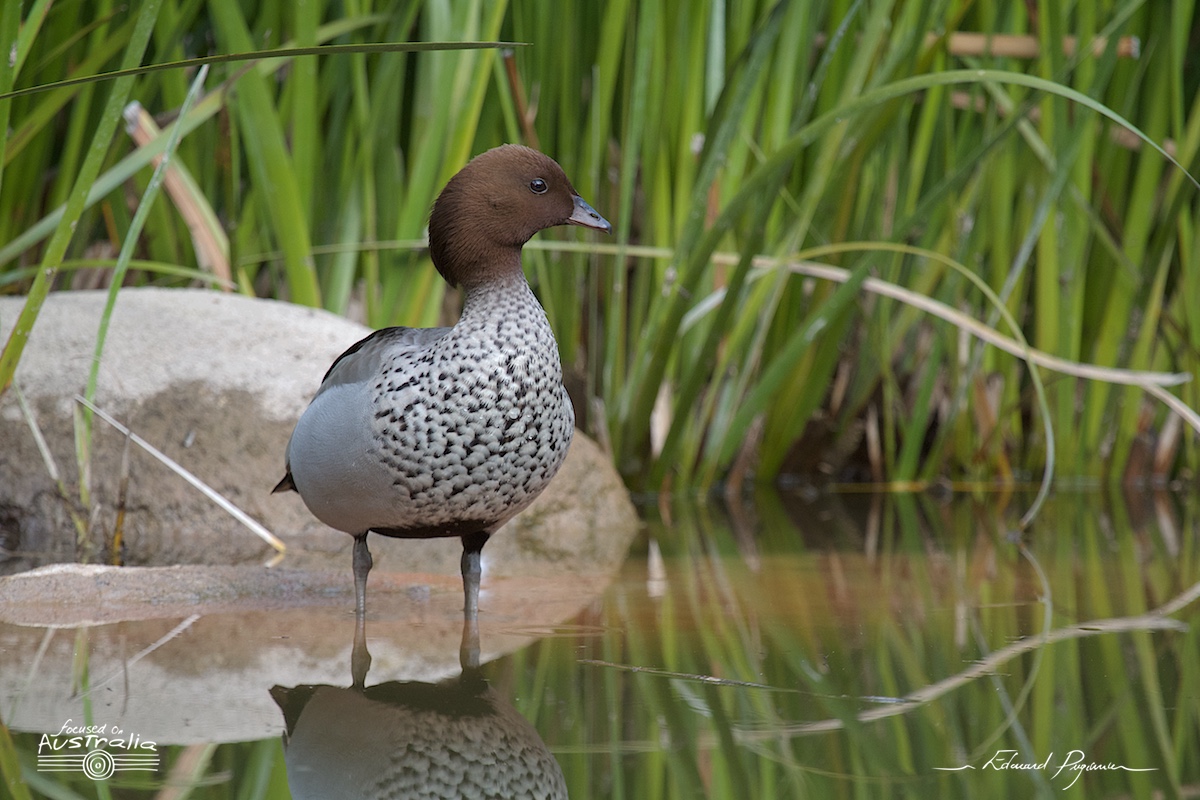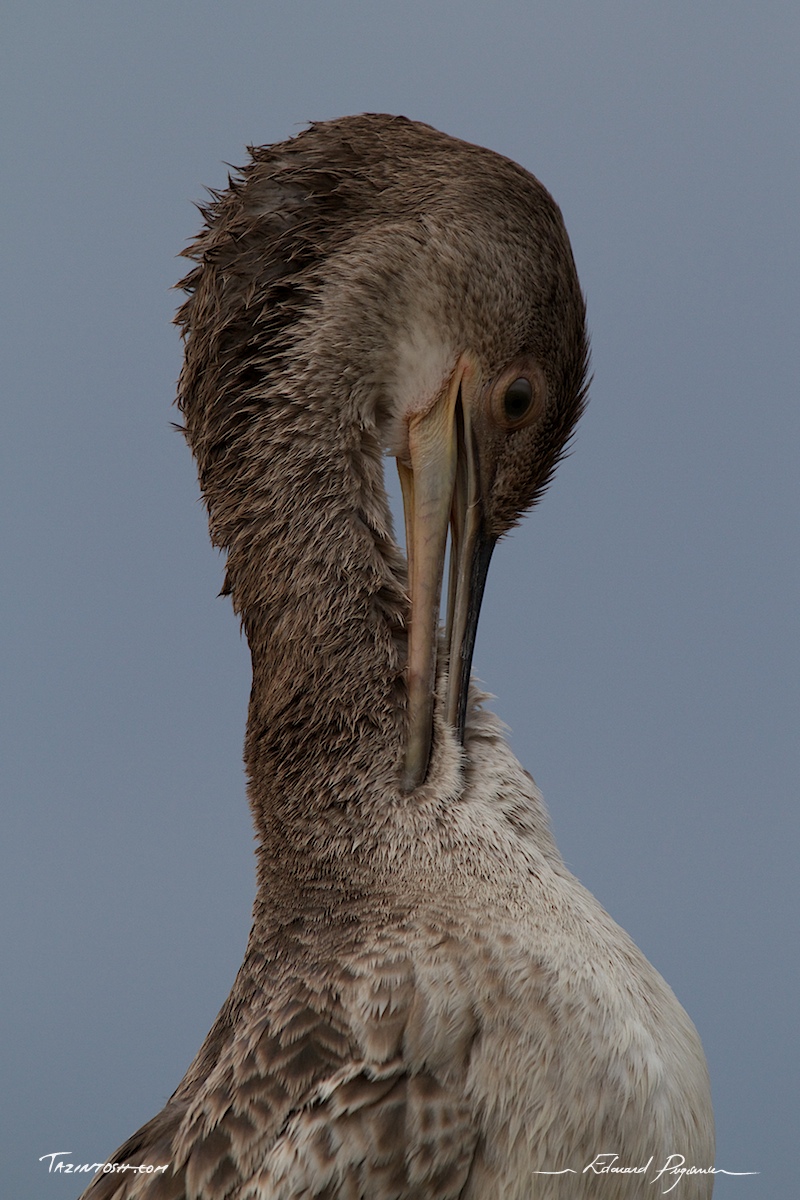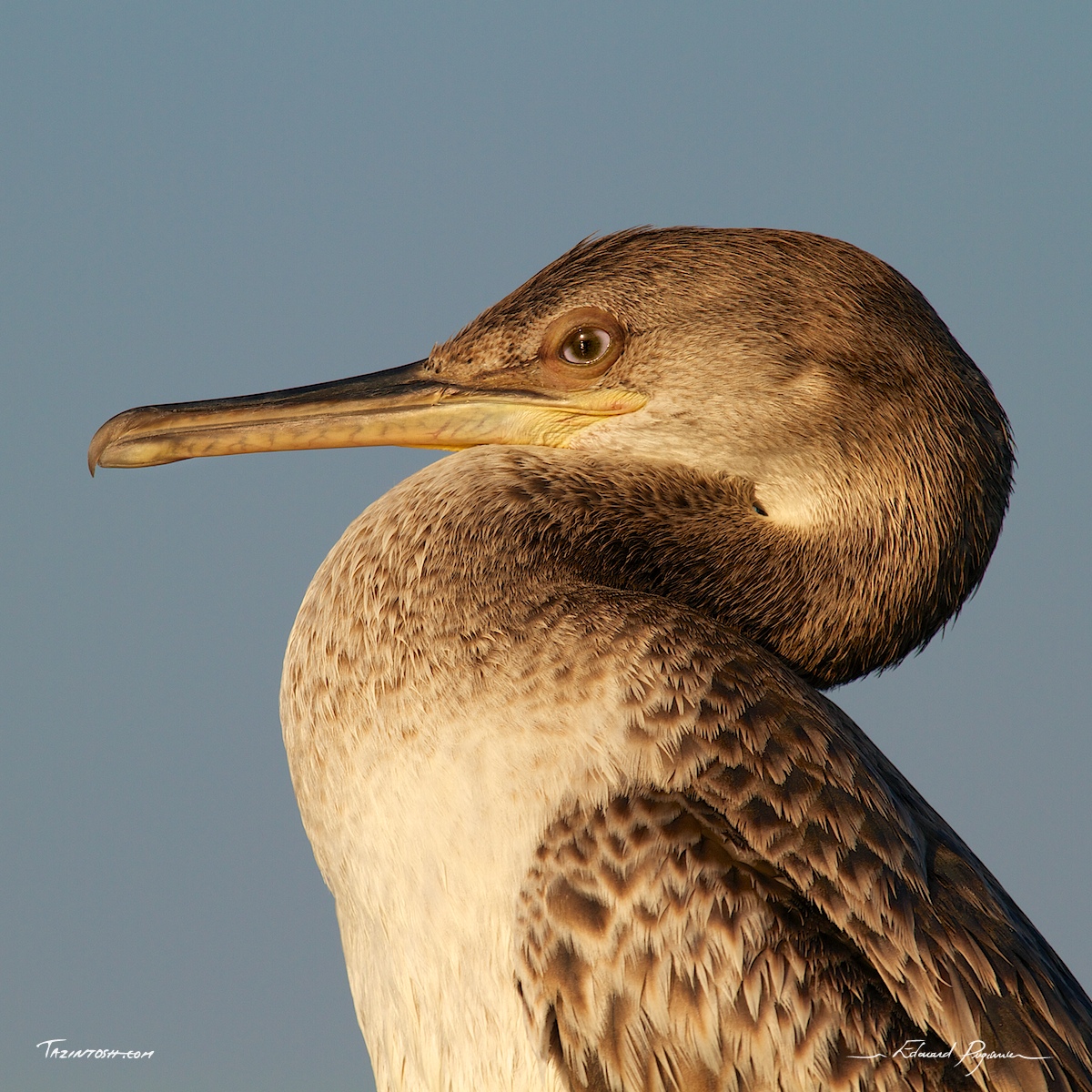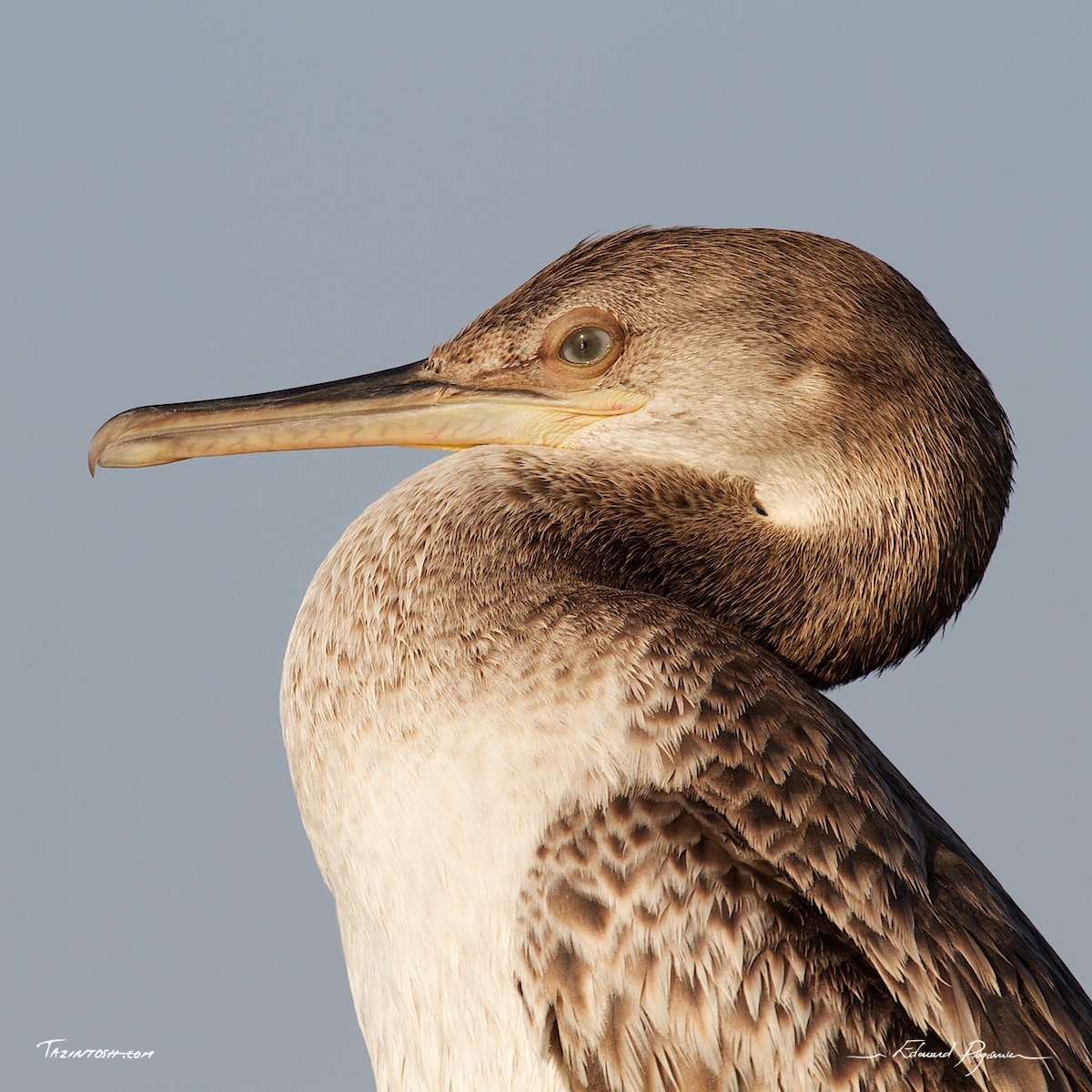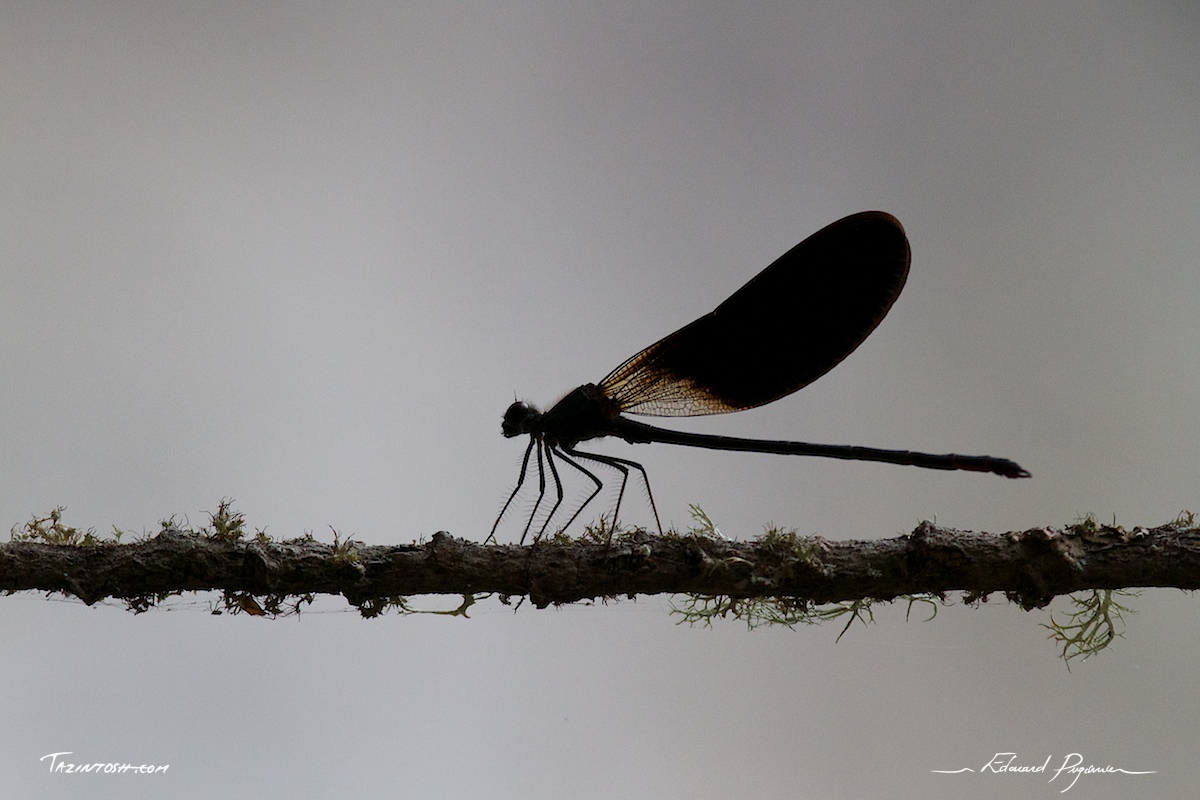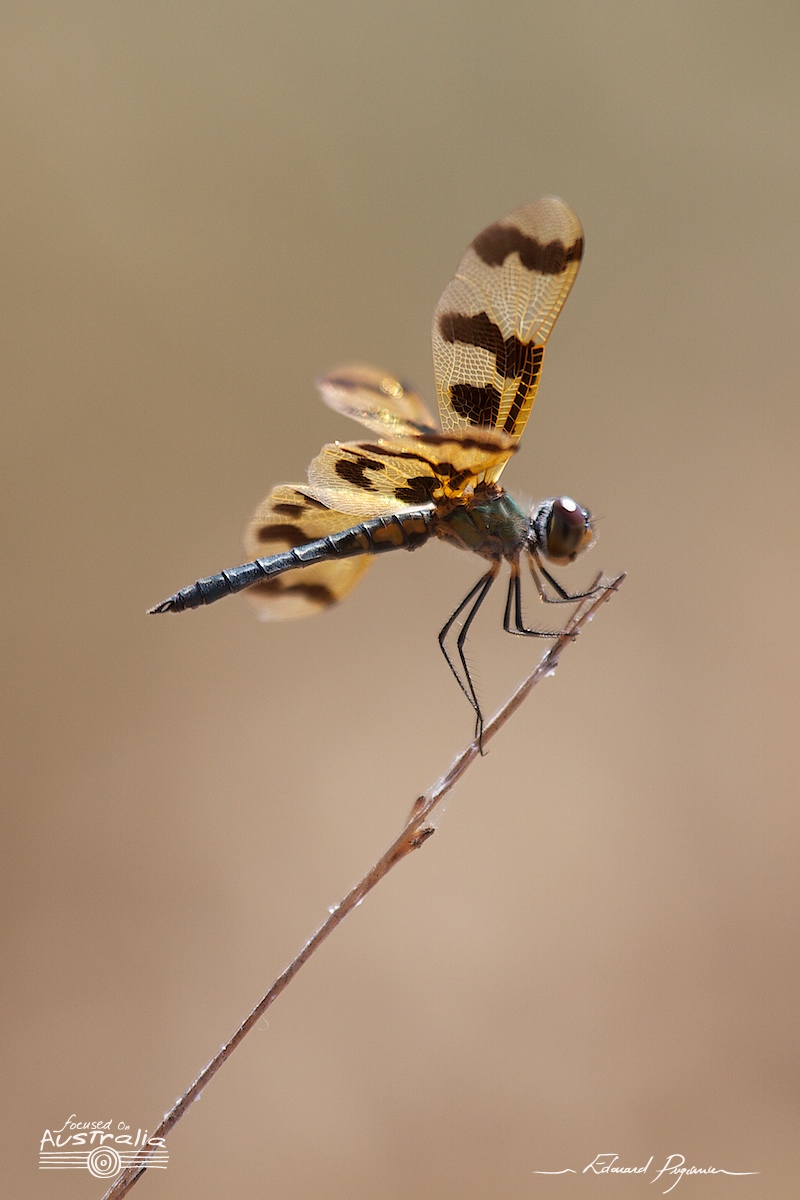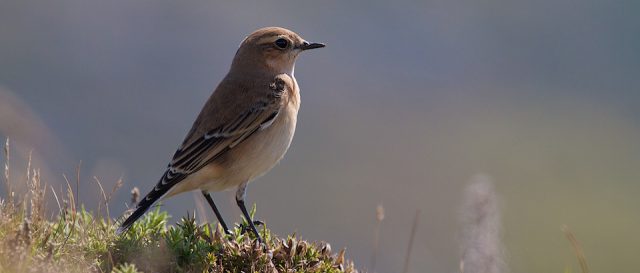

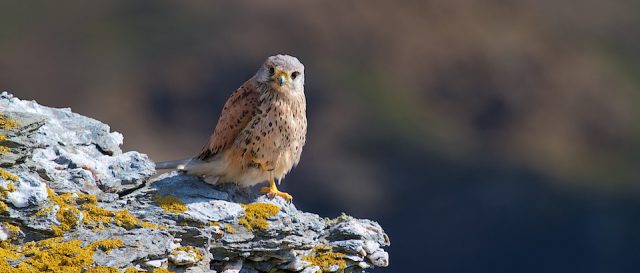
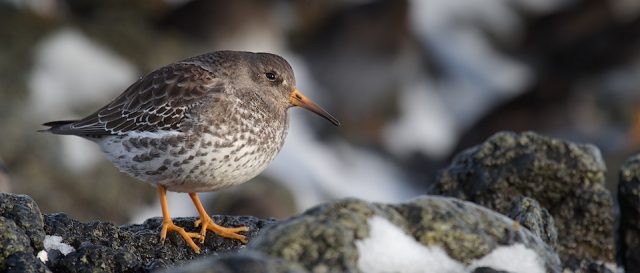
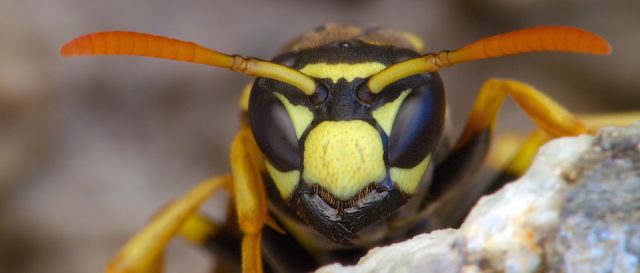
Final version + the 19 necessary photos for the stack • ƒ/16 • 1/13 • ISO 400 • 0EV • 360mm This photo have been created using “Focus Stacking” method. It's build with 19 photos with different focus. To get more information about this technic, check out my article. Before | After Stacking
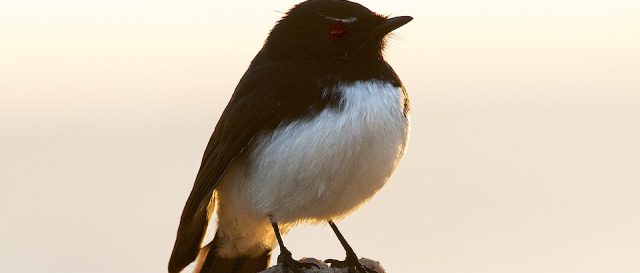
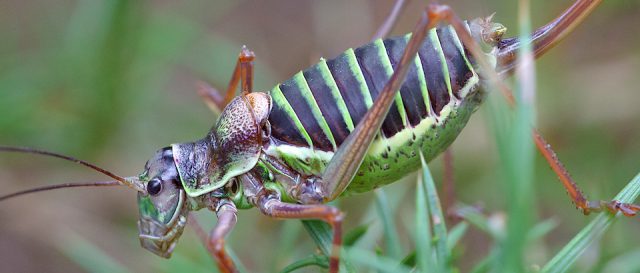
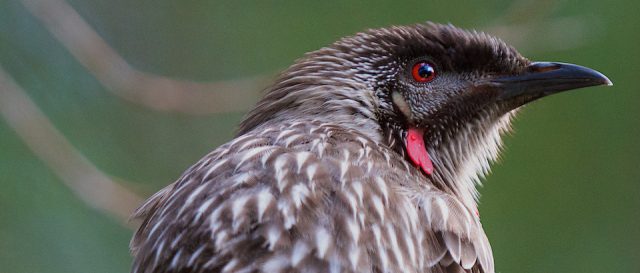
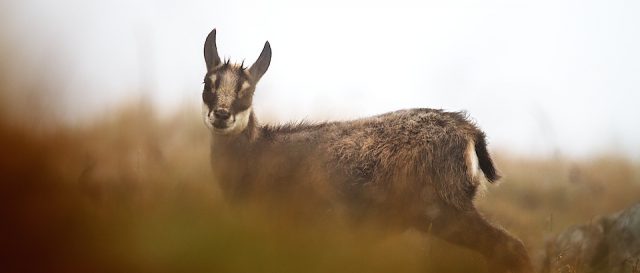
Young one His Mother Note: Unlike cervids, chamois don't lose the horns regularly but keep them all their lives. Some other shots
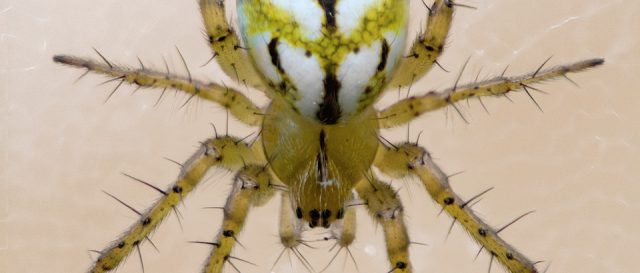
This is a Mangora acalypha (thank you @marcrp for the id). This picture is the result of 6 separated shots, done with different focus then “stacked” (Focus Stacking) to produce a final image with a much greater depth of field.
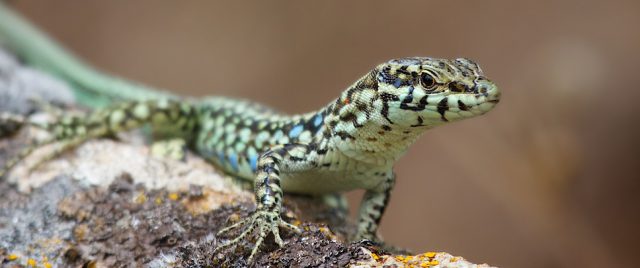
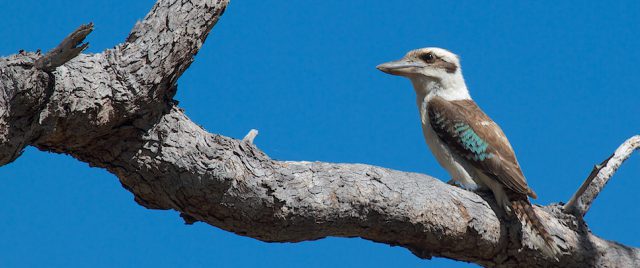
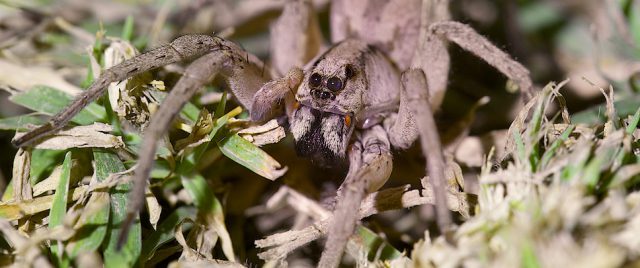
This kind of spider is very easy to find at night. The method —given by our friends Yannick— is easy and really effective. At night, place your headlamp and turn it on. Then just walk around turning your head here and there and as soon as a bright spot appears on the ground, you can […]
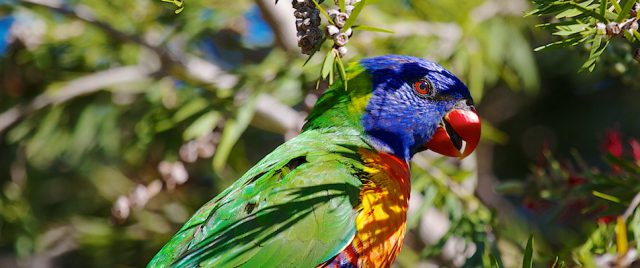
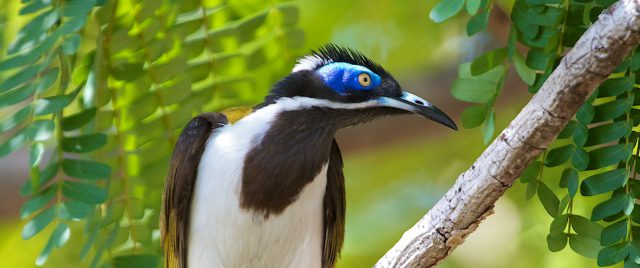
The Blue-faced Honeyeater (Entomyzon cyanotis), also colloquially known as the Bananabird, is a passerine bird of the Honeyeater family Meliphagidae.

